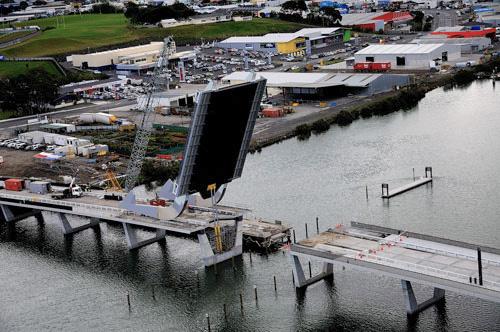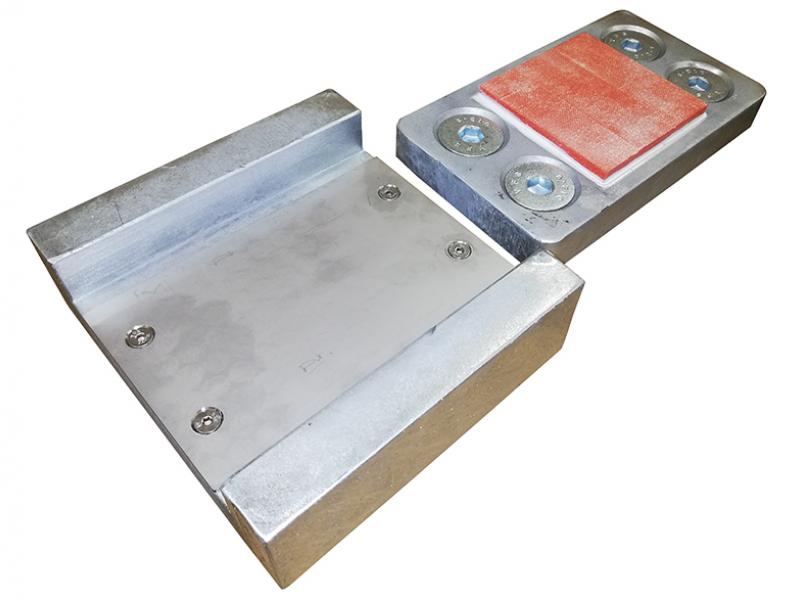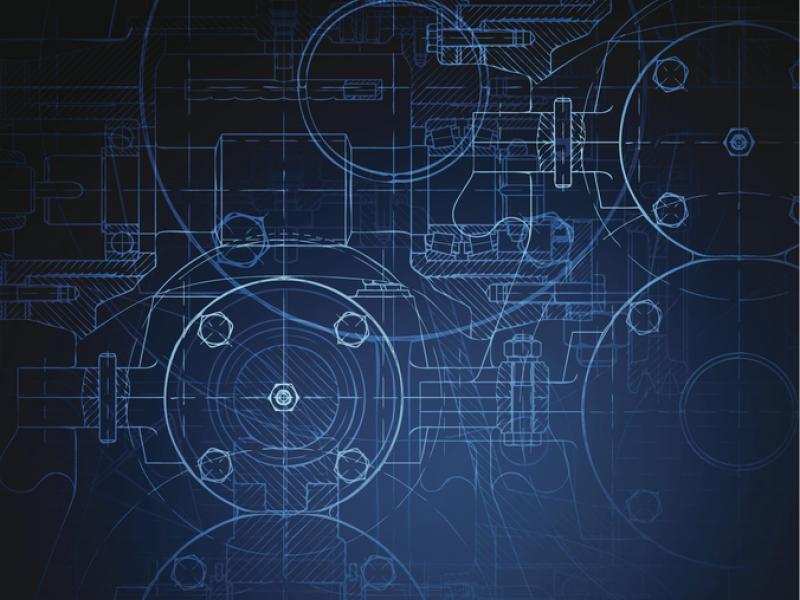“Look, the bridge is opening,” will be a common cry in the north with the completion of the Whangarei Lower Hatea River Crossing.
It is distinctive and technically different; the rolling bascule design bridge is the only operational one of its kind in the country and one of very few for road traffic in the world. McRaes Global is proud to be the supplier of the hydraulics systems that power the bascule section.
It has been described as a moving artwork and not only does it showcase the architectural flair and capabilities of the design team, it also demonstrates the power and control available as well as the aesthetics achievable with hydraulic systems in civil projects.
McRaes Global is a merger of McRaes Engineering in Whangarei and Global Hydraulics and Controls in Auckland with more than 75 years’ experience of hydraulics, engineering and controls between them.
McRaes Global are power actuation, control and automation specialists and have the capability to offer solutions from system design or redesign, through to installation and servicing. The Lower Hatea River Crossing project is a good example of this.
The bridge project was carried out as a collaborative partnership of all contractors headed by the McConnell Dowell and Transfield Services JV. This approach allowed relative freedom in the design of the hydraulic system within the boundaries of the conceptual drawings and performance specifications while allowing open discussion on the aesthetics and design of the installation.
It also provided for excellent communication and co-operation between all parties allowing the hydraulic design, construction, testing and commissioning schedule to be changed as necessary to suit changes in other areas.
The resulting hydraulic system is almost un-noticeable from a bridge user’s perspective apart from the two very visible hydraulic cylinders. However, driving those cylinders is a sophisticated hydraulic system custom-designed and built by McRaes Global for the task.
Technically, the hydraulic system is fronted by the hydraulic cylinders with a bore of 320mm, a rod of 280mm diameter, a stroke travel of 8380mm and a weight of eight tonnes each. These lift and lower the 400 ton bascule span and were made in Holland by Eaton – in one of few plants in the world that can produce cylinders of this size and quality.
Powering the cylinders is a hydraulic power unit with four 30kW motors driving 141cc/rev pumps. This provides a maximum flow of 800LPM. The original concept for the control room was conventional, the bridge design team came up with a containerisation concept on keeping with the nautical theme and the hydraulic system was redesigned, manufactured and installed to suit.
The 4000 litre reservoir also includes state of the art filtration and oil monitoring systems to ensure the oil is maintained at the correct cleanliness and temperature levels and system reliability is optimised. The pump operation is monitored with pressure and motor run electronic feedback.
Controlling the cylinder operation was done with collaboration between hydraulic engineers and electrical engineers. A hydraulic valve manifold is installed in W1 pier adjacent to the cylinders. The manifold was designed with logic valves to handle the high flows, while proportional valves pilot the logic cartridges to control acceleration, full travel speed and deceleration.
These valves are computer controlled through a PLC. A safety manifold is fitted to each cylinder to hold them in position when they are not moving. Pressure transducers are monitored by the PLC to check that all parameters are normal.
As part of the installation, McRaes Global fabricated, tested and installed the pipe runs connecting the power unit and the manifold. This required just over 330m of 50mm bore pressure line and 330m of 65mm bore return line. The joints are all welded SAE flanges with a total of more than 300 welds. Each pipe assembly was fabricated and proof tested before being fitted to the system. High pressure hoses connect the valve manifolds to the cylinders.
Prior to commissioning, the system was flushed until oil analysis proved the system exceeded the required cleanliness standard. Considerable effort was given to the long term reliability engineering principles and applied to ensure long trouble-free life, given both the need for operational reliability and the fact that the hydraulic cylinders and manifolds are only accessible by boat. The requirement to maintain the clean lines of the bridge meant it was not possible to install maintenance access ways.
The commissioning of the system was very much a partnership between the contracting parties. This was necessary as the design is unique and consequently there was little hard data to set precedents with.
To finish, the operation was data logged and the performance measured to allow critical examination of the operation by engineers both in New Zealand and overseas.
New bridge will raise a smile
General Engineering
Thursday, 08 August 2013






